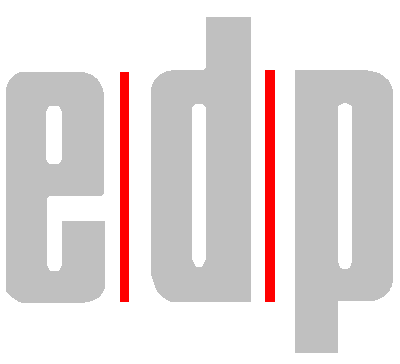3.5 Find the line which is approximately 10 lines from
the bottom of the file and just above the
last line you edited.
This line contains the commands 0<$ {file} eval ${FILTER} 2> &4
3.6 For MTS replace the line with:
rcp Ñ ${file} Ñ [mts
name]:mts_p[port] Ñ 2>&1 Ñ
1>&3
Where [mtsname] is the name of the mts in the /etc/hosts file and [port] is the
physical port number.
3.7 For example Ptr LPO1 is connected onto a terminal
server named as mts2 onto port 1
rcp Ñ $ {file} Ñ mts2:mts
_p1 Ñ 2>&1 Ñ 1>&3
3.8 For Jetstream replace the line with:
rcp Ñ ${file} Ñ [Jetstream
name]:p[port] Ñ 2>&1 Ñ
1>&3
Where [Jetstream name] is the name of the jetstream in the /etc/hosts file and [port]
is the physical port number.
3.9 For example Ptr LPO1 is connected onto a terminal
server named as Jet2 onto port 1
rcp Ñ $ {file} Ñ Jet2 : p1 Ñ 2>&1 Ñ 1>&3
4. Device Files (Para 4 applies only to MTS/Jetstream)
4.1 Each printer to be connected to a terminal server
must have its own file in the /dev directory.
This has to be
/dev/znullx where x = a number.
4.2 As a default there is only 1 /dev/null
4.3 To create additional files :-
#cd Ñ / dev <CR>
#ls Ñ -l Ñ null
Ñ | Ñ pg <CR>
4.4 Make a note of the major numbers
#mknod Ñ /dev/znullx Ñ c Ñ [major number] Ñ [minor number]
<CR>
where x is the unique file number
4.5 Change permissions on the znull device just created
Enter # chmod Ñ 666 Ñ znullx
use the same major/minor number you recorded above.
4.6 Repeat as required.
5. Final Configuration
5.1 For UniVision systems:
#/usr/lib/lpadmin Ñ -pUVtest Ñ
-v/dev/null* Ñ -TUVdumb Ñ
-mUVstandard* Ñ -onobanner
5.2 Ensure that UniVision printers have a name prefixed
by UV and the printer type is set to
UVdumb. (HP laser printers do not
work properly with UVdumb).
6. Adding Printers in
UniVision
6.1 Once the printer has been added in Unix then add the
printer in Univision.
6.2 Enter UVsetup and select option 5 Maintain
Printer Records
Option A to ADD a Printer
6.3 When prompted for the printer name enter it e.g.. UVLP01
6.4 The printer will be added to the next available port
if the system is networked,
if it is not networked it will be added
to the designated process for the direct device.
7. Testing
7.1 Unix test enter # lp Ñ
-d Ñ [ptr name] Ñ [file]
<CR>
7.2 Univision test from $ prompt $ lp Ñ -d Ñ [ptr name] Ñ
[file] <CR>
